Teriyaki Salmon
on Jul 05, 2023, Updated Feb 06, 2024
This post may contain affiliate links. Please read our disclosure policy.
Salmon is a perfect base for this much-loved, sweet-and-salty Japanese teriyaki glaze.
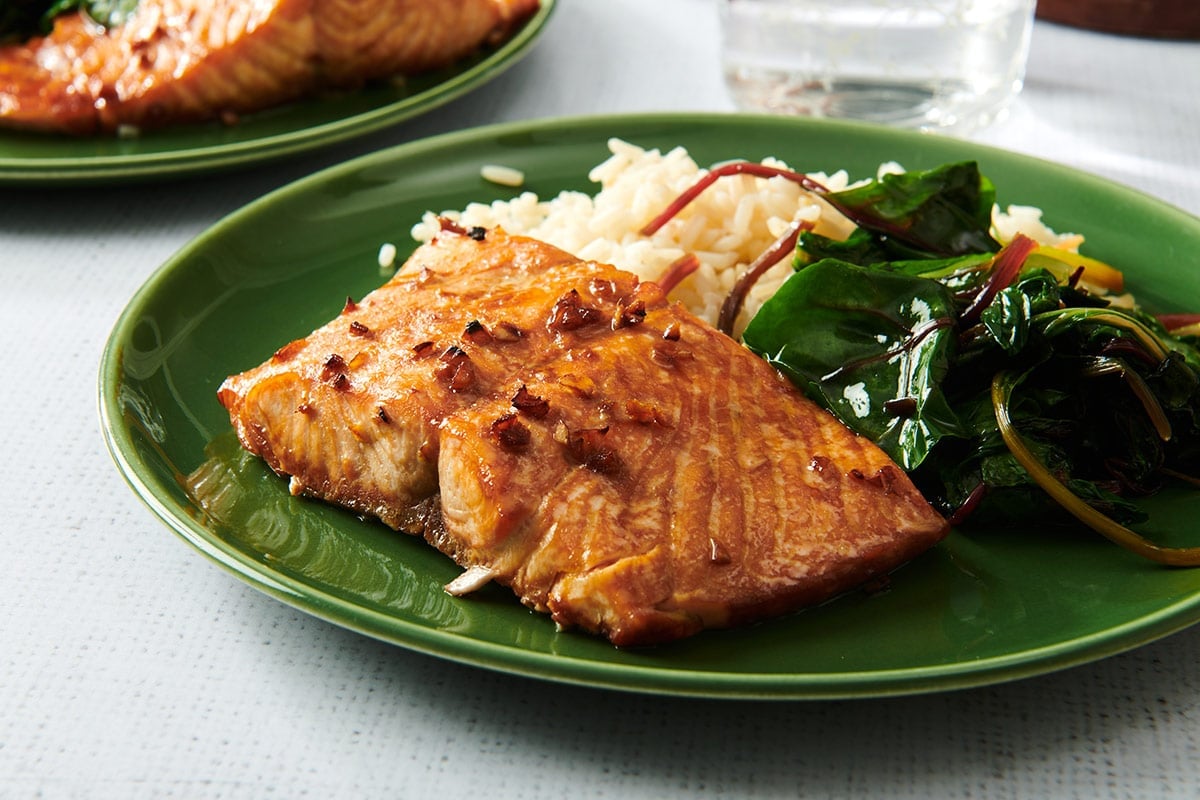
Teriyaki sauce pairs perfectly with the rich flavor and silky texture of fresh salmon, which is the most beloved fish in our house (and we’re not alone!). In this dish, the broiler creates a beautiful glaze on the fish while caramelizing the exterior, protecting the moist, flaky, tender interior of the fish. And guess what? You can make your own teriyaki sauce in just 10 minutes with some simple Asian pantry ingredients!
Teriyaki salmon can (and should) be served with rice of all sorts, from white rice to brown…or maybe even Cilantro Lime Rice if you’re feeling funky. (Here’s what you need to know about reheating rice.) You can also try pairing this dish with Japanese Miso Eggplant, Yaki Udon, or Stir-Fried Broccoli to double down on these delicious Japanese flavors for a full meal.
Table of Contents
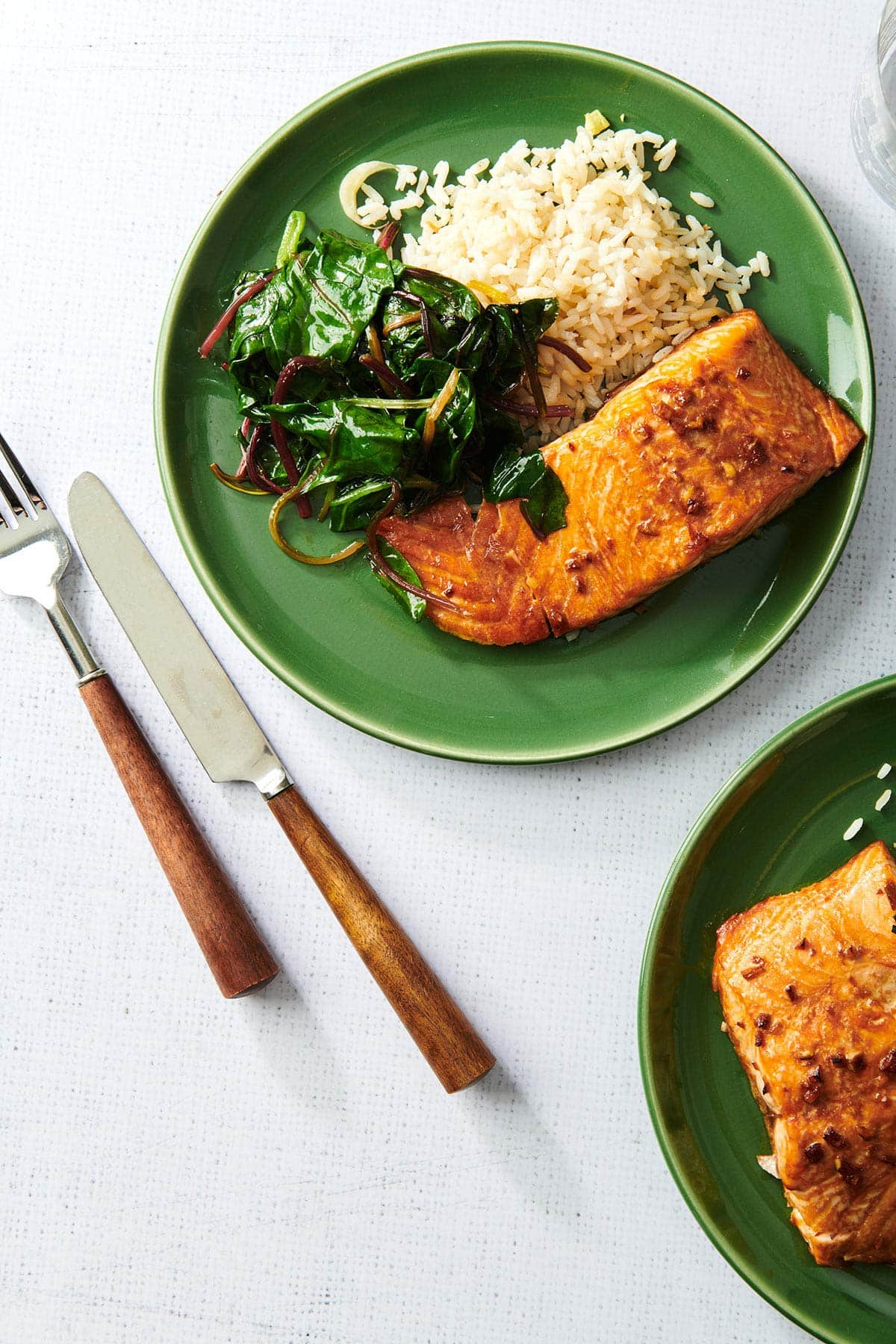
Teriyaki Salmon: A rich, flaky filet of salmon is the perfect base for this much-loved, sweet-and-salty Japanese glaze.
Tweet This
Ingredients
This teriyaki sauce comes together in minutes. The ingredients you need (and, in my opinion, should always have on hand!) are:
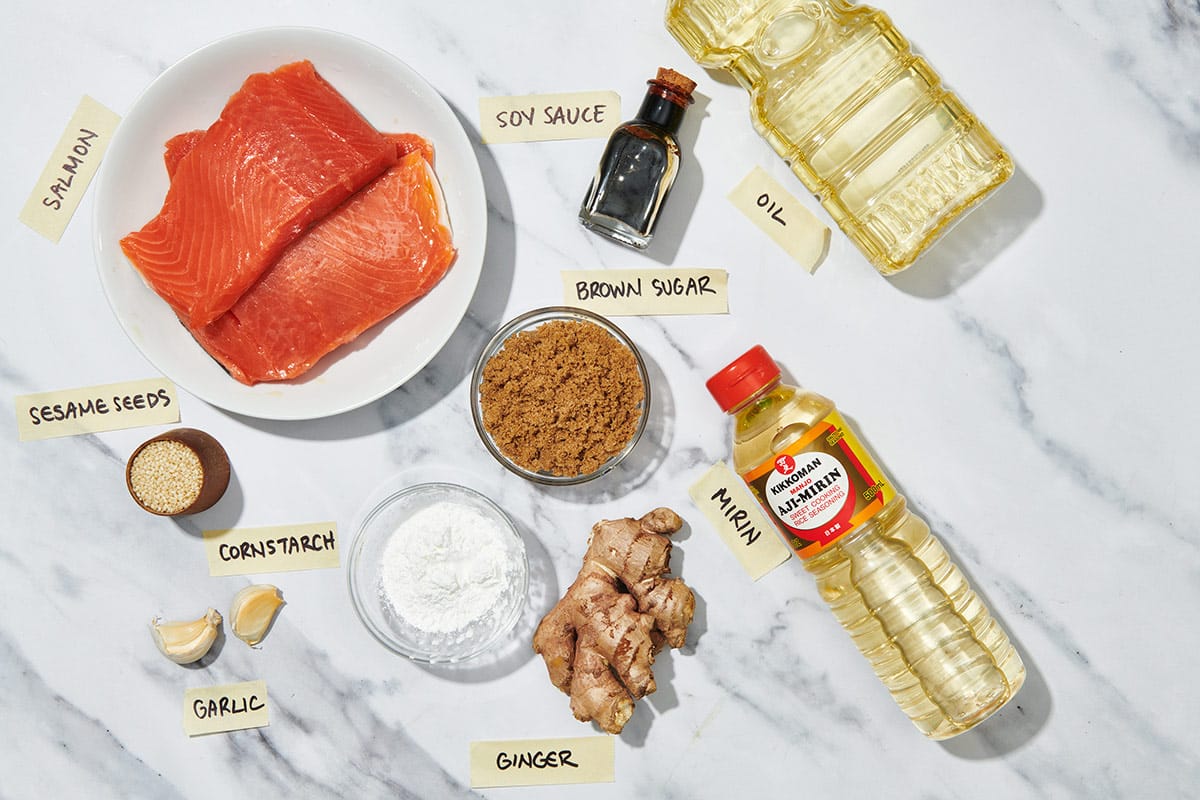
- Garlic – For a little sharp, spicy bite.
- Ginger – This gnarly root adds heat and that fresh, gingery zing.
- Vegetable oil – Fat adds flavor, and the oil helps emulsify the sauce.
- Soy sauce – Soy sauce is responsible for the salty taste that is at the core of teriyaki sauce. I like to use less-sodium soy sauce in my teriyaki sauce to cut down the salt a bit.
- Brown sugar – The sugar here adds a caramelly sweetness. You can also try the recipe using white sugar for a cleaner taste.
- Cornstarch – To thicken the glaze.
- Mirin – Mirin is a low-alcohol, slightly sweet rice wine used in Japanese cooking. It can be purchased at supermarkets with a good Asian ingredient inventory, at Asian specialty stores, or you can buy mirin online. Sub in sake or half the amount of rice vinegar if you can’t find mirin.
How to Make Teriyaki Salmon
- Make the marinade: Stir together the garlic, ginger, vegetable oil, soy sauce, brown sugar, cornstarch, and mirin, if using, in a small bowl.
- Marinate the salmon: Pour the marinade over the salmon in a baking dish, making sure it coats the fish evenly. Refrigerate for 1 to 2 hours.
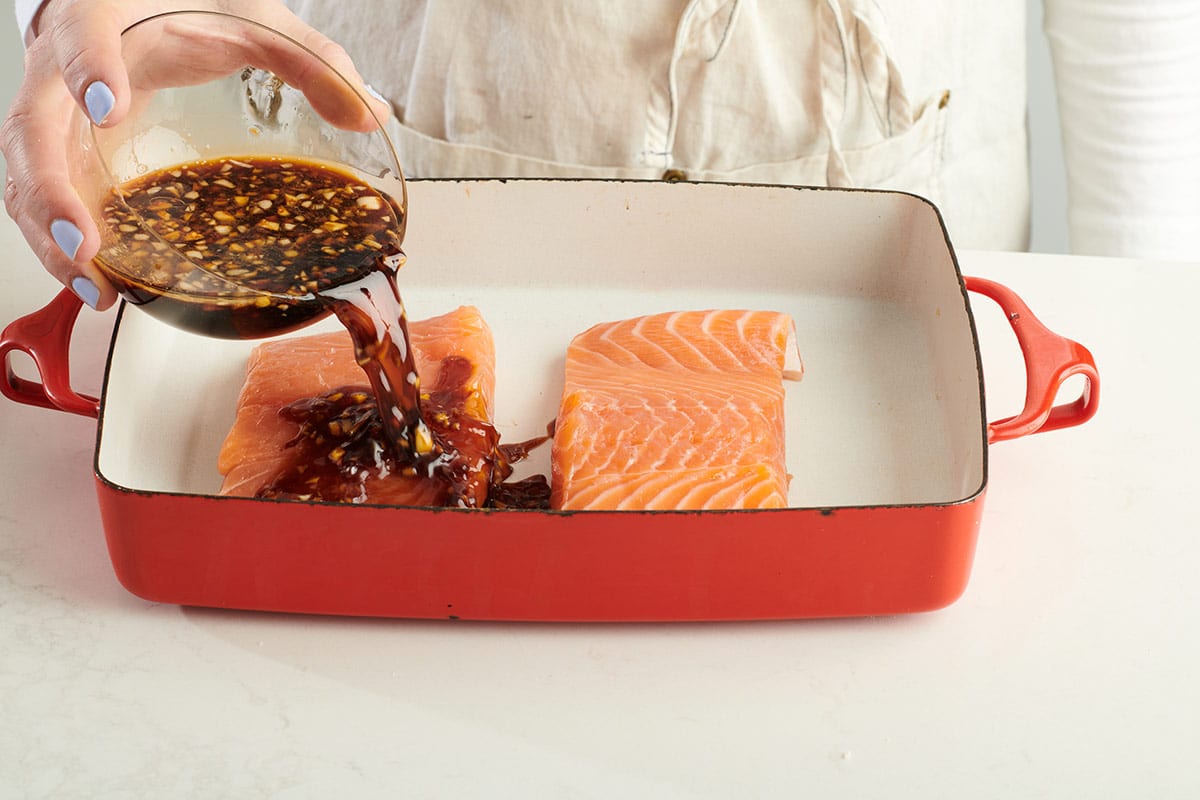
- Cook the salmon: Broil the salmon for 8 to 10 minutes until cooked through to your liking.
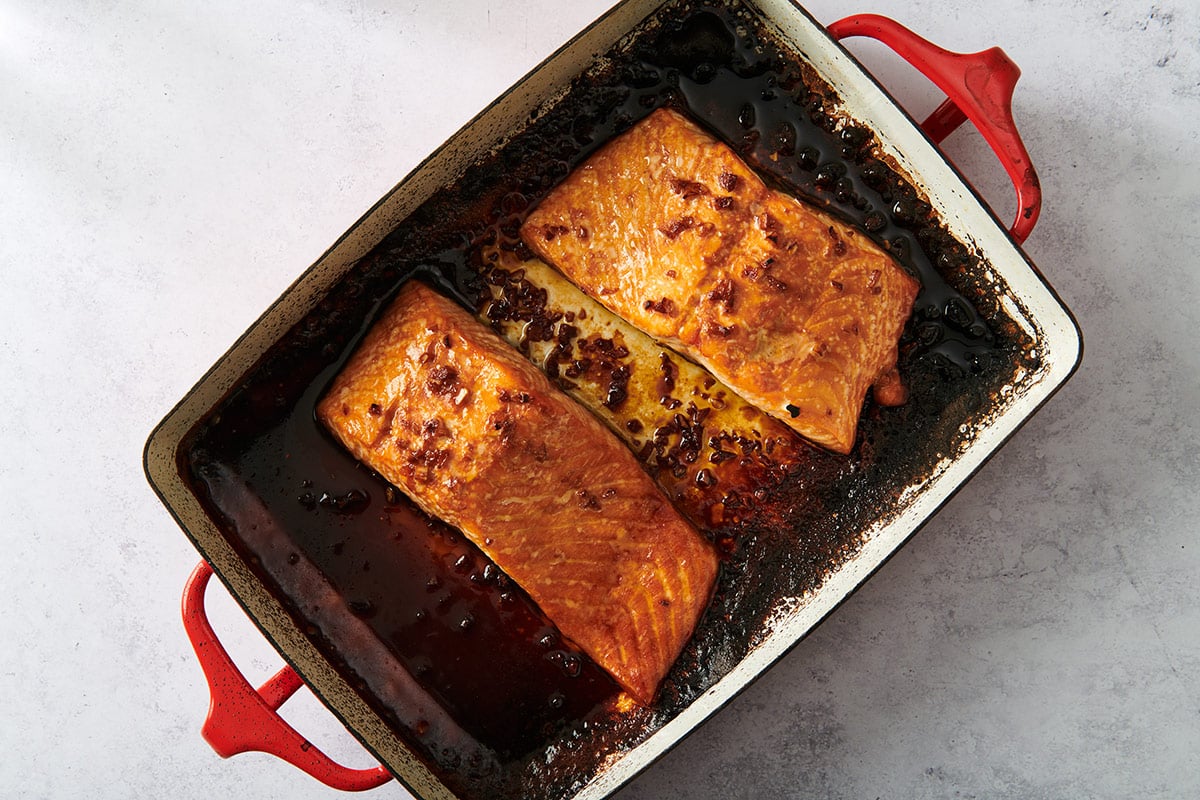
- Serve: Sprinkle over the sesame seeds, if using.
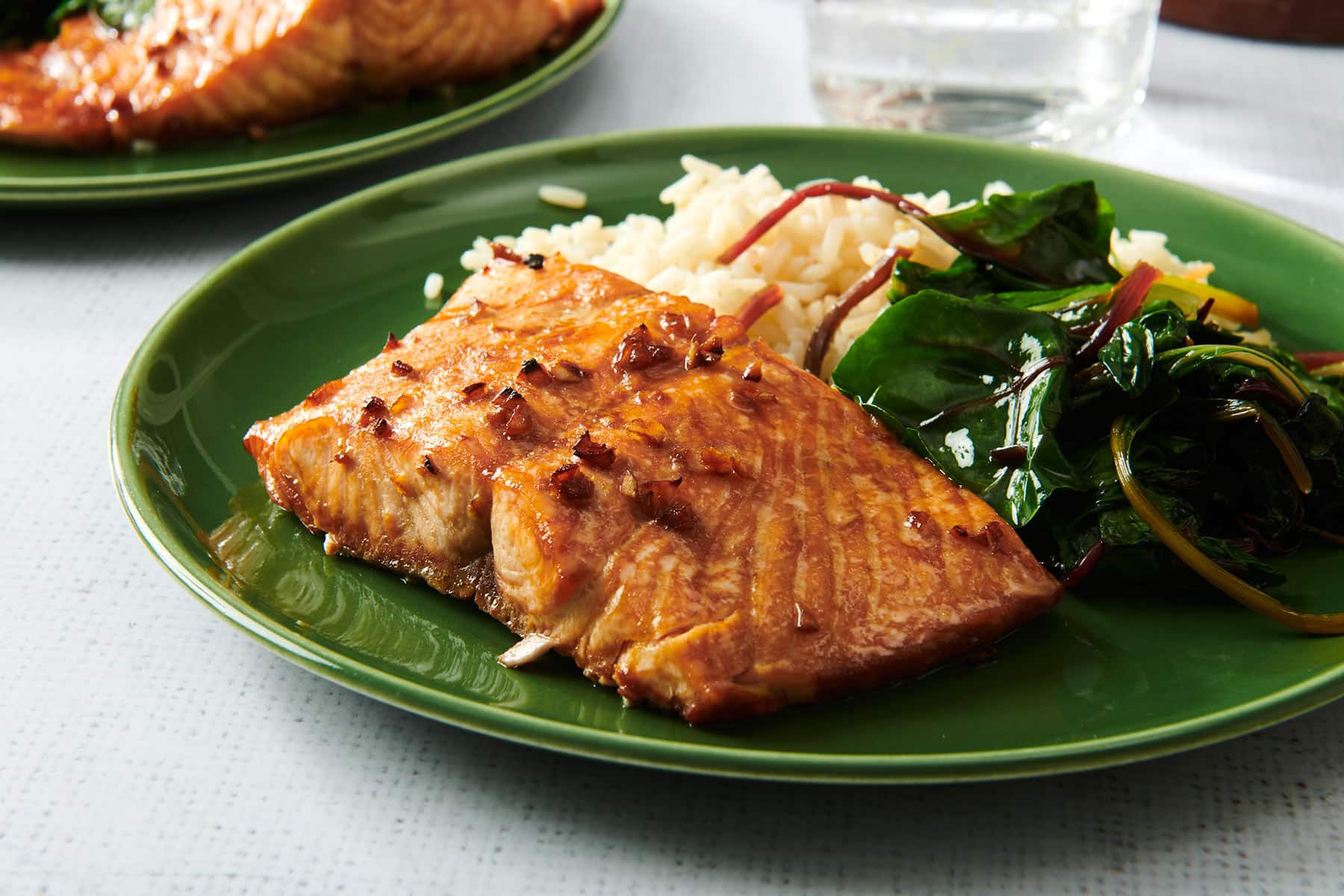
FAQs
If you even have 20 minutes for the fish to marinate, that will allow it to absorb great flavor for the marinade. Optimally, you would marinate the salmon in the teriyaki sauce for 1 to 2 hours. Don’t marinate the fish for more than 12 hours, or the marinade will start to break down the protein in the fish, which might make the salmon’s texture mushy.
If you’re not using this sauce as a marinade, that means you’re not planning on letting the meat soak before cooking — maybe you just don’t have the time (I know that struggle!). If you use this recipe as a sauce, it won’t permeate as deeply into the meat, but you’ll still have that finger-licking teriyaki flavor on your salmon! Note that marinades are usually thinner than sauces, so you should add more cornstarch to the sauce to thicken it, and then spoon it onto the warm cooked salmon just before serving.
Soy sauce is at the base of this teriyaki sauce, and it can often stand alone, but I wouldn’t recommend skipping the other ingredients in the teriyaki marinade. Soy sauce is very salty on its own; the other ingredients here act to make the flavor profile of the soy sauce deeper and more complex, adding sweet notes, heat, and making the sauce thicker.
How to Cook
How to Cook With Arugula
I am a huge arugula fan. Luckily (though somewhat surprisingly), my family is too — even my kids, ever since…
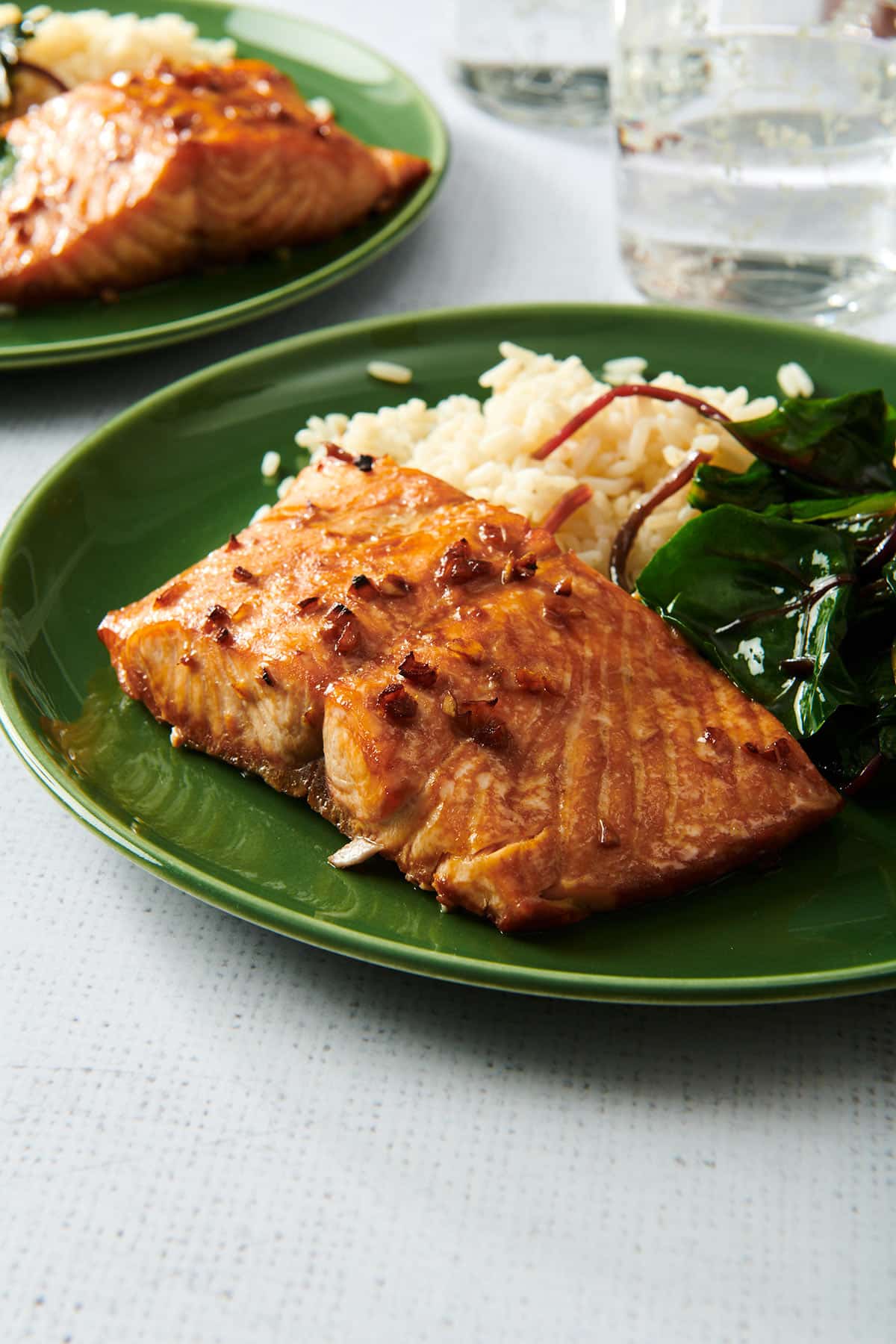
More Asian Salmon Recipes
Pin this now to find it later
Pin It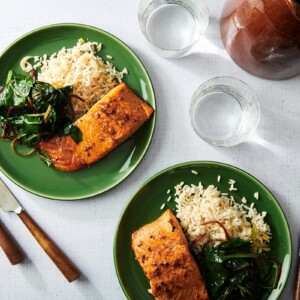
Teriyaki Salmon
Ingredients
- 1 tablespoon minced garlic
- 2 tablespoons peeled and minced fresh ginger
- 2 teaspoons vegetable oil
- ⅔ cup less-sodium soy sauce
- 2 tablespoons water
- ¼ cup brown sugar
- 1 teaspoon cornstarch
- 3 tablespoons mirin (optional; you can also use 1 ½ teaspoons rice vinegar)
- 4 (6-ounce) salmon fillets
- Toasted sesame seeds (optional)
Instructions
- Stir together the garlic, ginger, vegetable oil, soy sauce, brown sugar, cornstarch, and mirin, if using, in a small bowl.
- Lightly oil or spray a baking dish large enough to hold the salmon filets in a single layer. Place the salmon fillets on the sheet, skin-side down if there is skin, and pour the marinade evenly over the salmon, making sure it coats the fish evenly. Refrigerate for 1 to 2 hours.
- Preheat the broiler. Broil the salmon for 8 to 10 minutes until the middle looks fairly opaque when you gently insert a fork into the middle of one of the thickest pieces. Remove from the oven and allow to sit for one more minute before serving. Sprinkle over the sesame seeds if using.
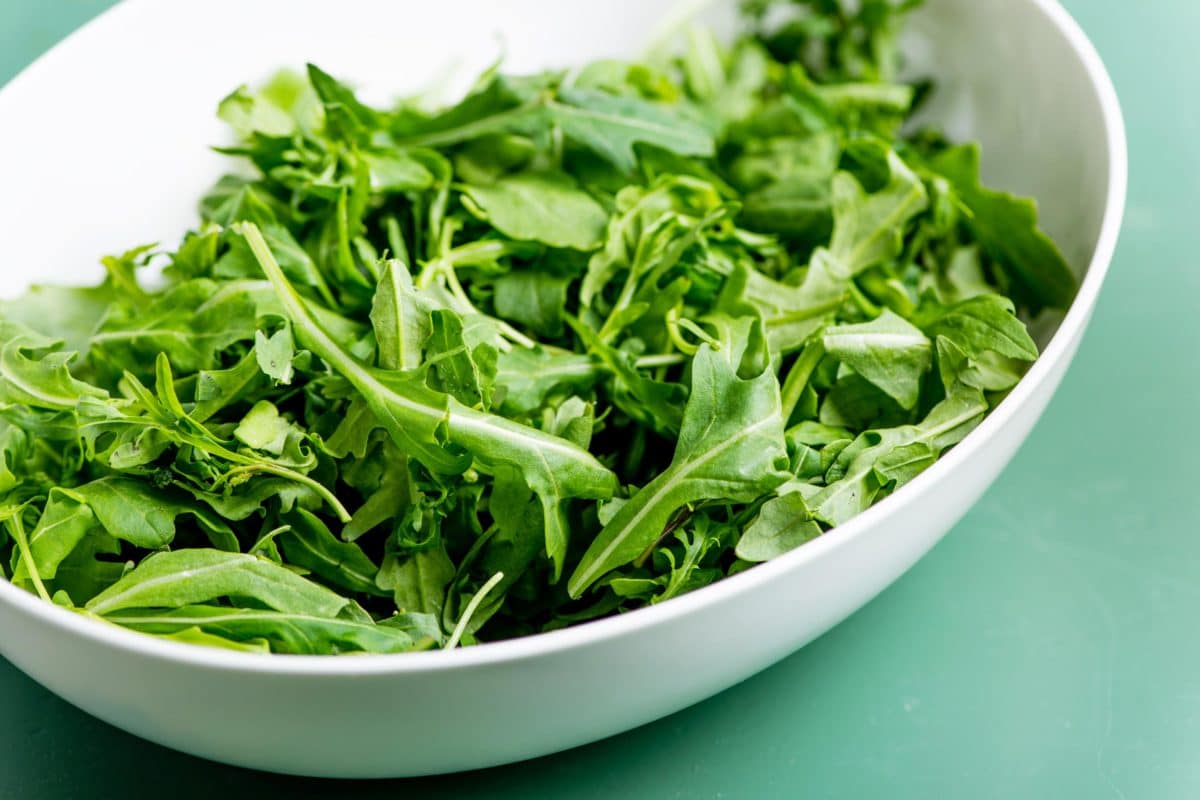
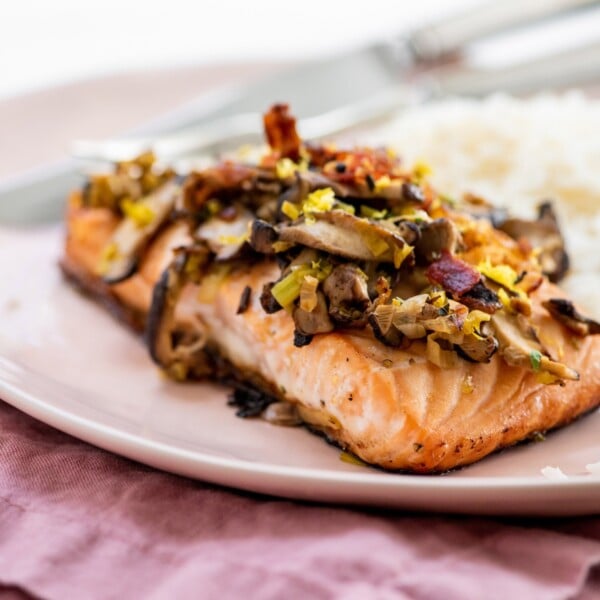

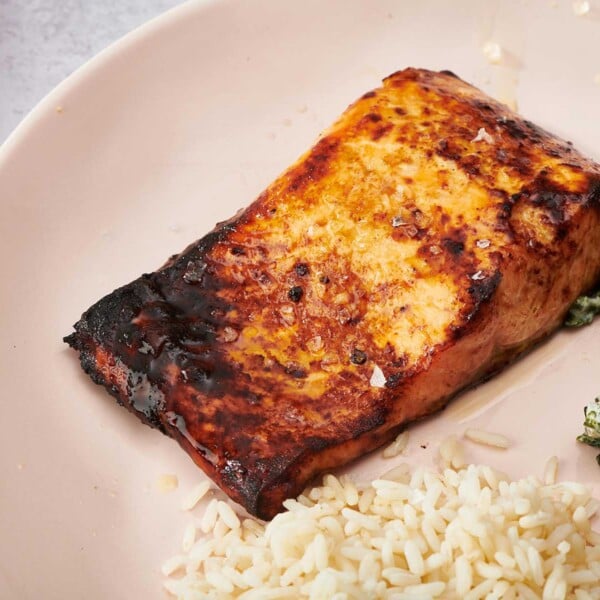
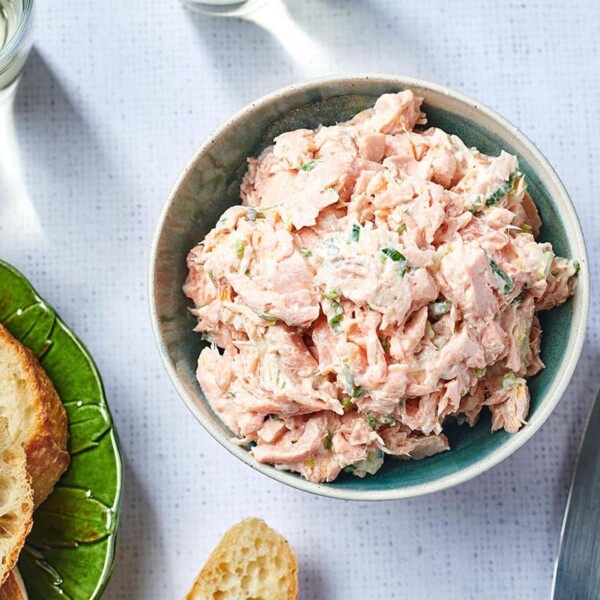









I am not a salmon person. How would this work on a different fish? Would thinner filets need a shorter amount of time for marinating?
Barbara, I can tell you from experience that I’ve use this teriyaki sauce on several different white fish (cod, halibut, and haddock, etc. – really, whatever’s in the freezer at the moment), and it’s my go-to for chicken and pork teriyaki as well. The minimum of 1 hour is about perfect for most – thinner fish may need just 30 minutes, and thicker cuts (chicken and pork, particularly) up to 2 hours. You’ll just need to adjust the cooking time.
Thanks very much. I’ll be trying it soon.
Would it taste better if honey was added? https://www.tdchinges.com/